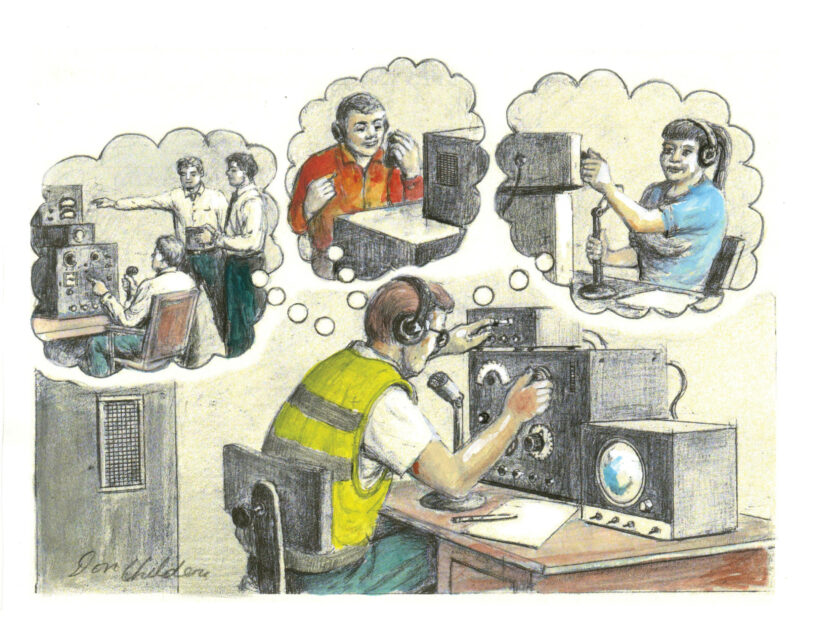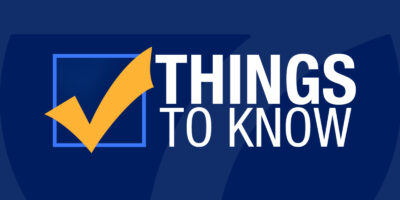An amateur radio net, also known as a radio net or simply a net, is a coordinated gathering of amateur radio operators on a specific frequency and at a designated time to facilitate communication and exchange information. Nets serve various purposes, including emergency preparedness, message handling, technical discussions, community support, and social interaction among amateur radio operators.
Here are some key features and characteristics of amateur radio nets:
- Frequency and Schedule: Nets operate on specific frequencies within amateur radio bands, such as HF, VHF, or UHF. Each net has a predetermined schedule, often recurring at regular intervals, such as daily, weekly, or monthly.
- Net Control Station(NCS): Every net is led by a net control station (NCS) who is responsible for managing the net’s operations. The NCS facilitates the flow of communication, enforces net procedures, conducts roll calls, and ensures orderly and efficient operation.
- Check-Ins: Net participants, often referred to as net members, check in with the net control operator to indicate their presence. Check-ins usually involve providing call signs, signal reports, and any other requested information.
- Roll Call: The NCS conducts a roll call to acknowledge each participant and create a log of net activity. Roll call helps track attendance, maintain participation records, and provide a roster of available stations.
- Traffic Handling: Some nets involve the exchange of formal messages or traffic between participants. The NCS coordinates traffic handling, ensures messages are relayed accurately, and follows established protocols for message passing.
- Net Protocol and Etiquette: Nets adhere to specific protocols and etiquette to ensure efficient and courteous communication. This includes using proper radio procedures, following the NCS’s instructions, waiting for turn, and being respectful to other net members.
- Training and Learning Opportunities: Nets often offer opportunities for operators to enhance their knowledge and skills. They may provide training sessions, share technical information, conduct on-air drills or exercises, and facilitate discussions on various topics of interest.
- Emergency Preparedness: Many nets emphasize emergency preparedness and practice emergency communication procedures. During drills or simulated emergency scenarios, nets serve as a platform for operators to test their skills and readiness.
- Community and Social Interaction: Nets foster a sense of community and camaraderie among amateur radio operators. They provide a platform for operators to connect, share experiences, offer assistance, and build relationships within the amateur radio community.
What Frequencies Are Amateur Radio Nets On?
The specific frequency for an amateur radio state HF net can vary depending on the region and net organization. It’s best to consult the net’s documentation, website, or contact the net control operator to determine the exact frequency and schedule for your state HF net.
The distance that can be expected on High-Frequency (HF) bands can vary depending on several factors, including frequency, time of day, sunspot activity, ionospheric conditions, and the power and antenna setup of the transmitting and receiving stations. Here’s a general overview of distance expectations for common HF bands that net operator may consider when selecting a frequency:
- 160 Meters (1.8 – 2.0 MHz): This band is known for relatively short-range communications, typically within a few hundred kilometers or miles during the day and extending to a few thousand kilometers or miles during the night.
- 80 Meters (3.5 – 4.0 MHz): This band provides reliable communication over regional distances, ranging from a few hundred to a few thousand kilometers or miles during both day and night.
- 40 Meters (7.0 – 7.3 MHz): This band offers regional to medium-range communication, typically covering a few thousand kilometers or miles during the day and extending to even longer distances during the night.
- 20 Meters (14.0 – 14.35 MHz): This is one of the most popular HF bands for long-distance communication. It can facilitate worldwide communications during the day, with reliable intercontinental reach and even longer distances during the night.
- 15 Meters (21.0 – 21.45 MHz): This band provides reliable intercontinental communication during daylight hours, with coverage similar to or slightly less than 20 meters.
- 10 Meters (28.0 – 29.7 MHz): This band is known for long-distance communications during periods of high solar activity. It can support intercontinental communication during the day, but its effectiveness can vary depending on solar conditions.
What Are Some Popular Nets That Amateur Radio Operators Participate In?
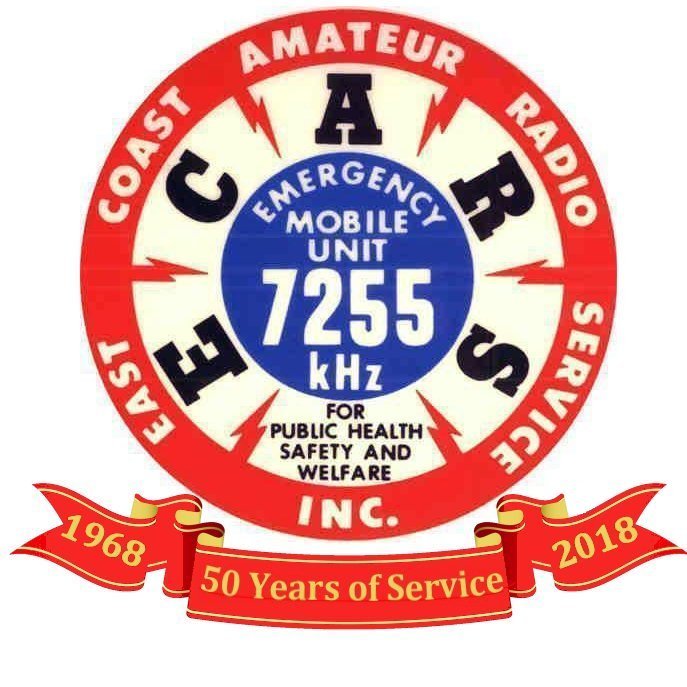
East Coast Amateur Radio Service (ECARS)
Net Operations occur daily on 7.255 MHz (LSB). Weekday operations run from 7:30 am to 2:00 pm and weekend operations run from 8:00 am to 12:00 pm, East Coast time. During the summer months, weekend operations may be suspended. ECARS offers service to mobiles and fixed stations, including weather information, road conditions, emergencies, and signal reports. ECARS is a great place to meet other Amateur Radio operators, obtain East Coast weather information, establish schedules, or to simply listen and enjoy. You do not have to be a member of ECARS to check into ECARS nets, all that is required is a General Class Amateur Radio license or better.
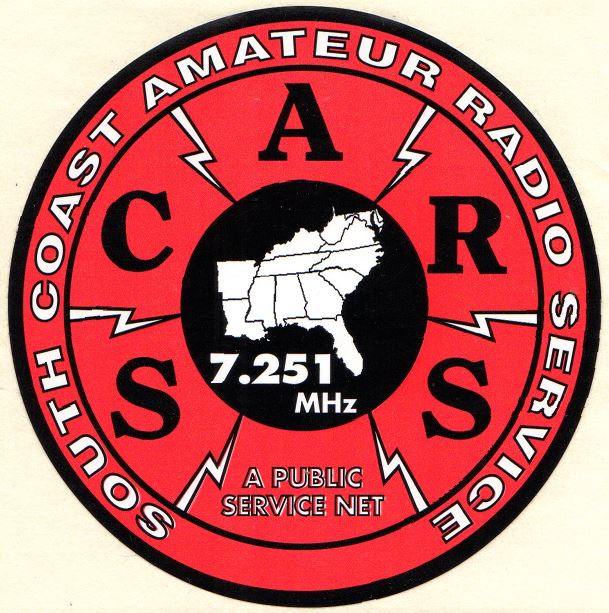
South Coast Amateur Radio Service (SCARS)
Come on board “The Big Blue Bus” find a seat, relax, pour yourself a cup of coffee or grab a RC Cola and a Moon Pie, then ride along with us. Please explore our web site to get all the information about South-Cars, including the announcements for the latest information.
South-Cars is a phone net operating on 7.251 MHZ. The net has been in operation since around 1967. The South Coast Amateur Radio Service, popularly known as “South-Cars”, or “SCARS” is a service net, (recognized by the ARRL). The purpose of the net is to assist those seeking to contact other amateur radio stations, or areas; to provide weather and travel information; to assist in emergencies when needed. All amateur radio stations with a general class license or above are welcome. We do not handle formal traffic but can and will in the event of an emergency. South-Cars is in operation every day of the year. Net times are: 8AM until 1PM, all times are Eastern. We hold hourly sessions with a different NCS every 30 minutes or every hour.
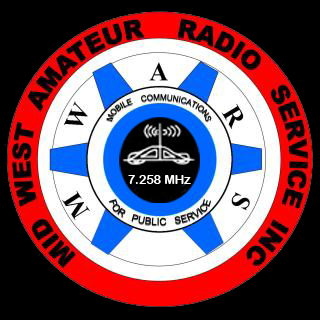
The Midwest Amateur Radio Service (MIDCARS)
They operate on 7258 KHz every day of the year from about 8:30 AM Eastern Time until 2:00 PM or later as conditions permit. They provide a controlled frequency environment where mobile and fixed stations can meet and move to another frequency if they wish to carry on a longer QSO. They always give first priority to mobiles, however all stations are welcome.
This is a directed net and Service Control will direct all calls, communications, and traffic. MidCars provides road and weather information if conditions warrant. When traffic allows they gladly provide signal and audio reports, comparisons of antennas and amplifiers and anything else we can do to assist amateurs in operating properly.
You need not have traffic to check in, just give your call when the NCS ask for check ins. They want to hear from everyone as that gives them an idea of propagation within their service area. If you hear someone on frequency and wish to contact him, say “contact” and they will hook you up.

O.M International Sideband Society (OMISS)
OMISS has been operating list-type awards nets on the General Amateur bands since 1981. Want to get your WAS quickly? This is a great place to get it done. Do you like to work lots of stations for unique awards? We have several challenging awards to work for, each with an attractive certificate to hang on your wall. Do you like contesting? We hold an annual QSO Party and invite the whole Amateur community.
OMISS OPERATES ON THE FOLLOWING FREQUENCIES AND TIMES, PLUS OR MINUS QRM AND PROPAGATION:
ON-THE-AIR check-ins for OMISS Nets begin approximately 30 minutes before the published starting time.
| Band | Net Time & Frequency | Day | Band Coordinator |
| 10m | 1800z —> 28.665 MHz (+/- 10 kHz) | Sat & Sun 1 | WB6RAB, DAVID, #7380 |
| 12m | 2030z —> 24.980 MHz (+/- 7 kHz) (1630z on Holidays) | Tue, Thur, Sat, Sun1 | W4DWS, MAYOR, #12885 |
| 15m | 1630z —> 21.395 MHz (+/- 10 kHz) (2030z on Holidays) | Sat & Sun 1 | W7DKE, DAVE, #9819 |
| 17m | 1900z —> 18.158 MHz (+/- 7 kHz) | Sat & Sun 1 | KN6EQQ, ZUKE, #12285 |
| 20m | 1830z —> 14.290 MHz (+/- 10 kHz) | Daily | N0JOY, LEE, #12097 |
| 40m | 0100z —> 7.185 MHz (+10/-7 kHz) | Daily | WA5CAT, ED, #11055 |
| 40m Late | 0400z —> 7.185 MHz (+10/-7 kHz) | Sat & Sun 1 | WA5CAT, ED, #11055 |
| 80m | 0300z —> 3.825 MHz (+/- 10 kHz) | Daily | WF9F, MATT, #12792 |
| 80m Late | 0500z —> 3.825 MHz (+/- 10 kHz) | Sat & Sun 1,2,3 | WF9F, MATT, #12792 |
| 160m | 0400z —> 1.930 MHz (+/- 10 kHz) | Sat & Sun & Mon 2,3 | W4DWS, MAYOR, #12885 |
2 The Winter Schedule will begin the last full week-end in October and complete the 1st full week-end in April. A full weekend includes Friday, Saturday, and Sunday, US calendar.
3 Holiday Nets will be run ONLY during winter schedule
Days and times are in UTC. Nets that are Friday night local are displayed as Sat UTC.
